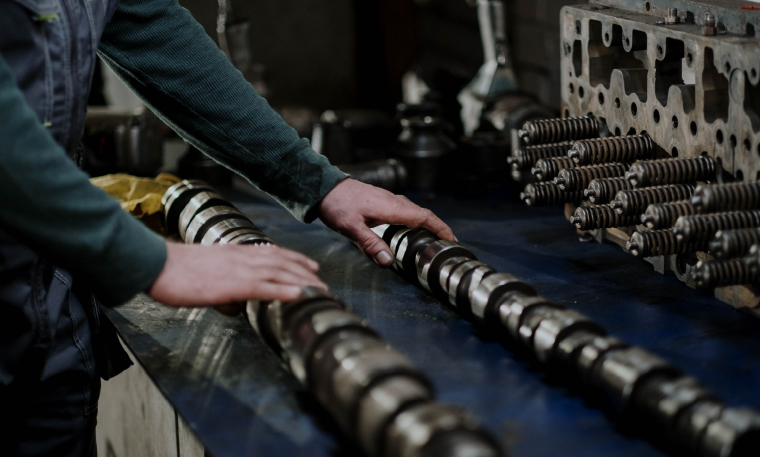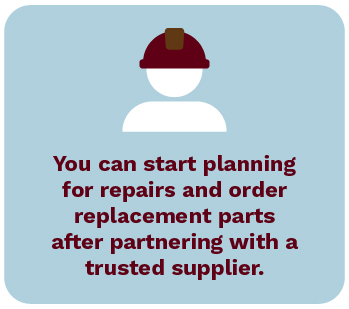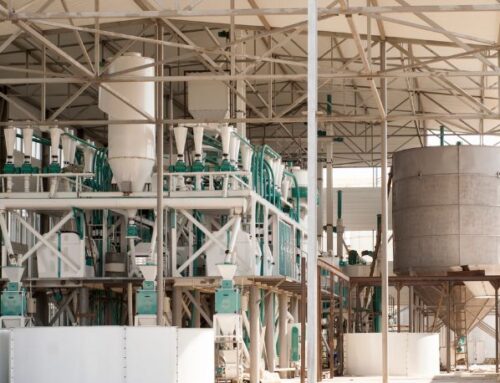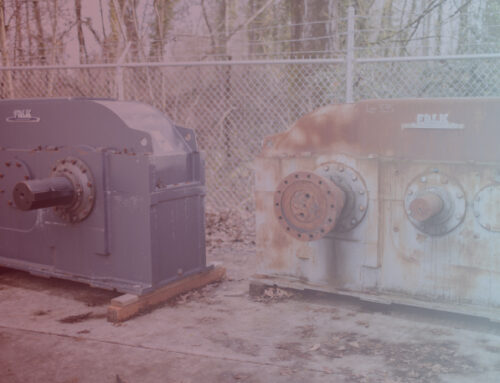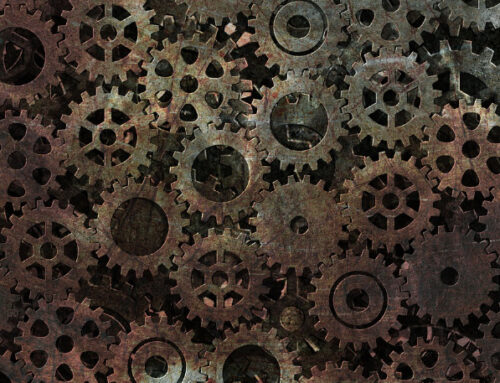Constant improvements are being made in the design and manufacturing of industrial automation machinery. As technology moves forward, some equipment and parts are being left behind. It’s not unusual for industrial manufacturers to be on the lookout for obsolete parts for equipment and machinery.
NW Industrial Sales, LLC has a vast inventory of obsolete parts and has helped myriad industries, from agriculture to oil and gas, keep machinery properly maintained and running efficiently.
Our repair services and availability of obsolete parts allow businesses to benefit from a more cost-effective and practical solution than replacing equipment entirely. Keeping an inventory of obsolete industrial automation parts on-site and having reliable technicians available can ensure your operation continues without unnecessary downtime.
Our Gearbox Suppliers Answer the Question: What is Obsolescence?
Obsolescence is a term used for machinery that no longer works or is no longer manufactured. For example, in manufacturing, parts, services, and resources may be considered obsolete when they are no longer manufactured by the original equipment manufacturer (OEM) either because they offer and support new equipment and services or because the OEM went out of business.
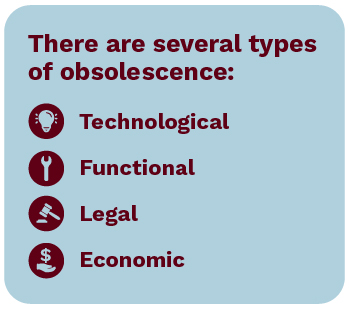
- Technological: When parts or equipment become obsolete, therefore unreplaceable due to changes in technology.
- Functional: When the manufacturer’s needs have changed and the equipment becomes obsolete.
- Legal: When laws or other orders prohibit the use of parts or equipment due to safety concerns.
- Economic: When parts or equipment become obsolete because a more cost-effective alternative is in use.
Overall, technology, government regulations, and planned obsolescence are the three most significant contributors to obsolescence in manufacturing.
How Does Obsolescence Affect Industrial Manufacturing?
When manufacturers are still using parts, services, or resources that are obsolete, the costs for maintenance, repairs, and replacements can increase dramatically. Plus, the downtime needed to find a technician or a replacement part can be significant. These issues however can be mediated by creating a solid plan for obsolescence.
The ultimate aim and benefit of this planning is to prevent the needless loss of revenue. What’s more, having a plan in place prevents downtime and helps strengthen brand reputation and customer trust.
A well-planned obsolescence strategy also includes preventive maintenance plans and easy access to surplus parts, both of which can effectively reduce maintenance costs and increase the productivity of equipment and facilities.
Management Plan for Obsolete Gear Reducers, Parts & More
Planning around obsolescence and preparing for potential changes in production are necessary for manufacturers to get ahead of the curve and have the ability to repair machinery with minimal loss of production.
Some tips to create a plan are to:
1) Develop awareness.
Developing awareness simply means:
- Taking inventory of how machinery is running
- Determining what may need to be fixed and when
- Ascertaining which parts are needed for that fix
- Having available and knowledgeable technicians with the skills to complete the necessary maintenance
2) Identify what machinery you are working with, as well as the risks they may pose.
Prepare by forming a general idea of what equipment you have in your facilities and the risks obsolete equipment components may pose in manufacturing. This step is crucial to evaluating potential machine replacements, repairs, or upgrades that may need to be done in the future.
3) Create your obsolescence plan.
With all the above information in hand, it’s time to create your plan.
Because different parts and equipment have different maintenance, repair, and predicted end-of-life needs, you need to create a diverse strategy to manage obsolescence. This way, you can also start planning for repairs and order replacement parts after partnering with a trusted supplier.
Ideally, there should be a designated team tracking the condition of each piece of equipment and determining the next step, so nothing gets overlooked during busy seasons of production. Each team can then track accountability in managing and preventing downtime due to obsolescence by developing a report and risk analysis.
Your Source for Obsolete Machinery Parts, Gear Reducers & More
One of the most important parts of creating a functional obsolescence plan is the ability to rely on surplus parts suppliers. There are many diverse industries that rely on our Falk surplus gear reducers, gearing, and gearboxes to help them maintain a functioning rolling timeline of replacement and repairs.
When you work with NW Industrial Sales, LLC you also get access to Rexnord Industrial Services and their nationwide maintenance network.
Contact us today! We are available 24/7 to help you.
